The secret to consistent darts performance lies in focused, effective practice – that’s where the best dart training comes in. This article will equip you with targeted drills, techniques, and mental strategies to elevate your game and achieve remarkable consistency, covering everything from stance and grip to mental fortitude and practice routines.
⚠️ Still Using Pen & Paper (or a Chalkboard)?! ⚠️
Step into the future! The Dart Counter App handles all the scoring, suggests checkouts, and tracks your stats automatically. It's easier than you think!
Try the Smart Dart Counter App FREE!Ready for an upgrade? Click above!
Unlocking Your Darting Potential: The Foundation of Best Dart Training
Before diving into advanced techniques, it’s crucial to establish a solid foundation. This involves mastering the fundamentals of stance, grip, and throw. These elements form the bedrock upon which all your darting skills will be built. Without a strong foundation, progress will be slow and frustrating.
Stance: The Grounding Force
Your stance provides the stability and balance needed for a consistent throw. Experiment to find what feels most natural, but here are some general guidelines:
- Front-facing stance: Position yourself perpendicular to the oche (throwing line). This allows for a full range of motion in your arm.
- Angled stance: Angle your body slightly towards the board. This can improve your alignment and comfort.
- Foot placement: Your front foot should be placed directly in line with your target, and your back foot slightly behind for balance.
- Weight distribution: Maintain a balanced weight distribution between both feet. Avoid leaning too far forward or backward.
Find a stance that feels comfortable and allows you to maintain balance throughout your throw. Practice your stance regularly, even when you’re not throwing darts, to build muscle memory.
Grip: The Point of Contact
Your grip is your primary point of contact with the dart, so it’s crucial to find a grip that provides control and consistency. There’s no one-size-fits-all grip, so experiment until you find what works best for you.
- Pencil grip: Hold the dart like a pencil, with your thumb and forefinger providing the main support.
- Multiple finger grip: Use more fingers to provide additional control and stability.
- Pressure: Apply consistent pressure to the dart throughout your throw. Avoid squeezing too tightly, as this can lead to tension and inaccuracy.
Consider the type of dart you are using when experimenting with your grip. A heavier dart may require a different grip than a lighter dart. Also, remember to keep your grip consistent during darts table premier league games for the best results.
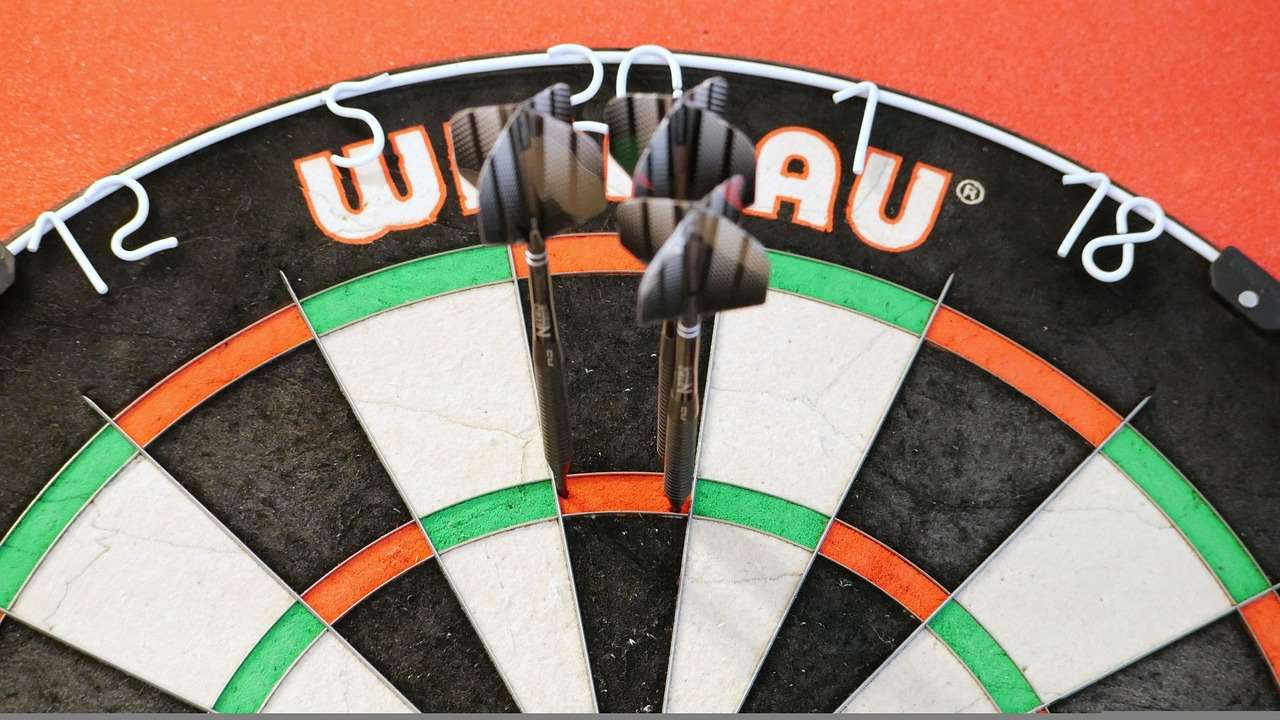
Throw: The Motion of Precision
The throw is the culmination of all your efforts, and it’s where consistency is paramount. A smooth, controlled throw will help you hit your target with greater accuracy.
- Backswing: Draw the dart back smoothly, keeping your elbow high and your wrist firm.
- Forward motion: Bring the dart forward in a straight line towards the target.
- Release point: Release the dart at the same point in your throw each time. This is crucial for consistency.
- Follow-through: Follow through with your arm and hand after releasing the dart. This helps to maintain a smooth and consistent motion.
Record yourself throwing and analyze your technique. This can help you identify any areas for improvement. Focus on maintaining a consistent rhythm and tempo throughout your throw. Practicing regularly with intention is a crucial part of best dart training.
Targeted Practice Drills for Best Dart Training
Once you’ve established a solid foundation, it’s time to focus on targeted practice drills to improve your accuracy and consistency. These drills will help you hone your skills and develop muscle memory.
The 20s Game: Mastering the Treble
This drill focuses on hitting the treble 20, the highest-scoring area on the dartboard. The goal is to hit as many treble 20s as possible in a set number of throws.
- Focus: Accuracy, consistency, and mental focus.
- Procedure: Throw three darts at the treble 20. Count how many you hit. Repeat this process for a set number of rounds (e.g., 10 rounds).
- Variation: Increase the difficulty by reducing the number of throws per round or by setting a minimum number of treble 20s that must be hit each round.
This drill is excellent for developing your accuracy and mental toughness. It also helps you identify any weaknesses in your throw or grip. Make sure you are using the right the low darts to practice with.
Around the Clock: Developing Board Awareness
This drill involves hitting each number on the dartboard in sequence, starting with 1 and ending with 20. The goal is to complete the circuit as quickly and efficiently as possible.
- Focus: Board awareness, accuracy, and consistency.
- Procedure: Start by throwing at the number 1. Once you hit it, move on to the number 2, and so on. Continue until you’ve hit all 20 numbers.
- Variation: Increase the difficulty by requiring yourself to hit the double or treble of each number.
This drill is great for developing your board awareness and improving your accuracy on all areas of the dartboard. It also helps you develop a consistent throwing motion.
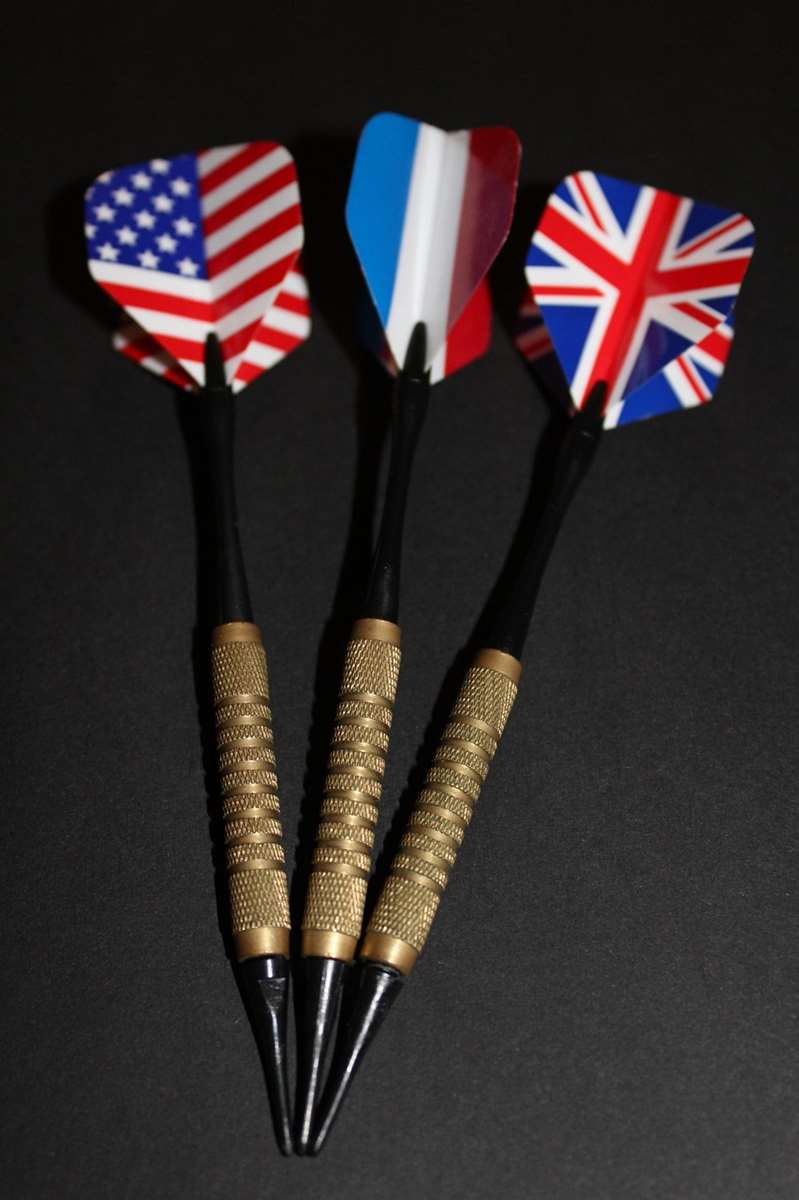
The Checkout Game: Finishing Under Pressure
This drill simulates the pressure of a real game by requiring you to check out (finish the game) from various scores. The goal is to check out as quickly and efficiently as possible.
- Focus: Checkout strategy, accuracy under pressure, and mental toughness.
- Procedure: Start with a specific score (e.g., 100). Calculate the best possible checkout and attempt to hit it. If you miss, recalculate and try again. Repeat this process for a variety of scores.
- Variation: Increase the difficulty by adding a time limit or by requiring yourself to check out with specific combinations.
This drill is essential for improving your checkout skills and developing your mental toughness. It also helps you learn to think strategically and make quick decisions under pressure. Consider using a practice darts app with scoring (https://dartcounterapp.com/) to track your progress during these checkout drills.
Advanced Techniques for Enhanced Darting Performance
Once you’ve mastered the fundamentals and developed a solid foundation, you can start exploring advanced techniques to take your game to the next level. These techniques require dedication and practice, but they can significantly improve your accuracy and consistency.
Mental Game Mastery: The Unseen Advantage
The mental aspect of darts is often overlooked, but it’s just as important as the physical skills. Developing a strong mental game can help you stay focused, manage pressure, and maintain consistency.
- Visualization: Visualize yourself hitting your target before each throw. This can help you improve your focus and confidence.
- Positive self-talk: Use positive self-talk to stay motivated and confident. Avoid negative thoughts and focus on your strengths.
- Pressure management: Develop strategies for managing pressure in crucial situations. This might involve taking deep breaths, focusing on your breathing, or reminding yourself of your accomplishments.
Work on mental exercises regularly to build your mental strength and resilience. A strong mental game can make all the difference in close matches. Consistent mental preparation is a crucial aspect of best dart training.
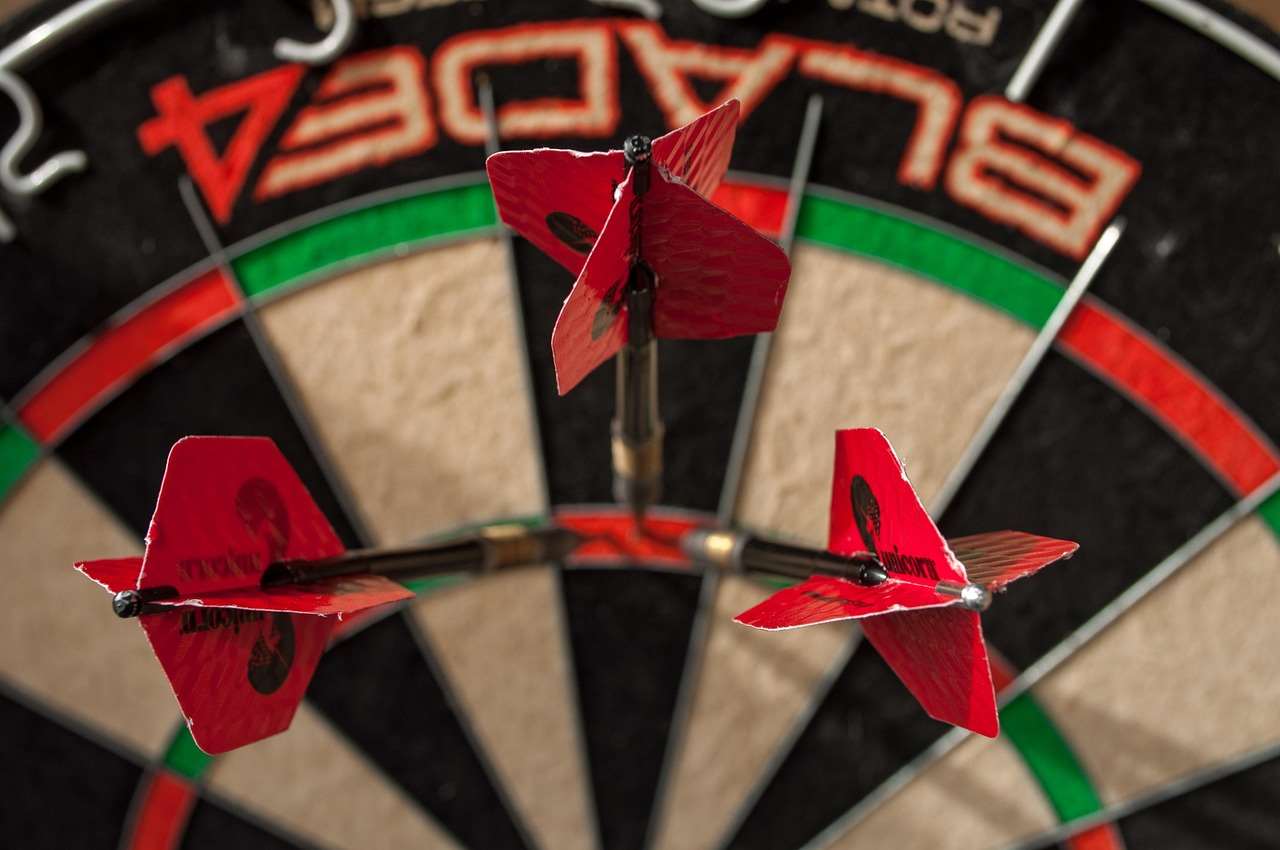
Dart Customization: Finding Your Perfect Fit
Choosing the right darts can significantly impact your performance. Experiment with different weights, shapes, and materials to find the darts that feel most comfortable and allow you to throw with the most accuracy.
- Weight: Experiment with different dart weights to find what feels most comfortable and allows you to throw with the most control.
- Shape: Try different dart shapes (e.g., torpedo, straight, bomb) to see what feels best in your hand.
- Material: Consider the material of the dart (e.g., tungsten, brass, nickel). Tungsten darts are denser and more durable than brass or nickel darts.
Visit a darts shop and try out different darts before making a purchase. Talk to experienced players and get their recommendations. Remember that the best dart training also involves using the best tools for your individual style.
Analyzing and Adjusting: Continuous Improvement
Continuous improvement is essential for reaching your full potential in darts. Regularly analyze your performance and make adjustments to your technique or equipment as needed.
- Record your throws: Record yourself throwing and analyze your technique. This can help you identify any areas for improvement.
- Track your stats: Track your stats (e.g., average score, checkout percentage) to monitor your progress.
- Seek feedback: Ask experienced players for feedback on your technique and strategy.
Be open to making changes and experimenting with new techniques. The key is to stay adaptable and continuously strive to improve. This commitment to ongoing refinement is a hallmark of the best dart training programs.
The Importance of Consistent Practice in Best Dart Training
Regardless of your skill level, consistent practice is essential for improving your darting performance. Even short, regular practice sessions are more effective than infrequent, long sessions.
- Set a schedule: Set a realistic practice schedule and stick to it as much as possible.
- Focus on quality over quantity: Focus on practicing with intention and purpose, rather than simply throwing darts without a goal.
- Vary your practice: Mix up your practice routine to keep things interesting and challenging.
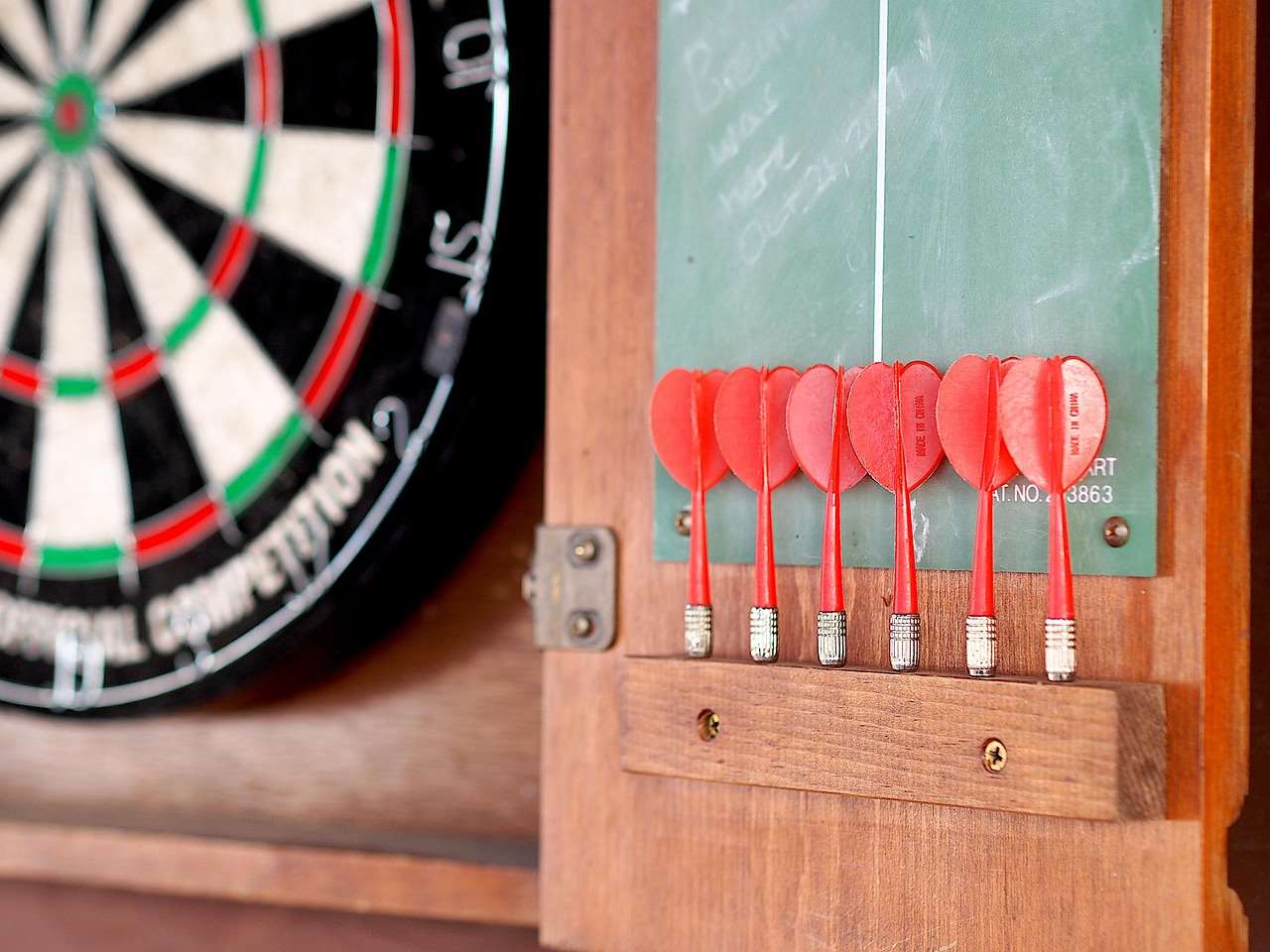
Make practice a regular part of your routine. The more you practice, the more consistent and accurate you will become. Remember, achieving your darting goals requires a dedicated commitment to the process. Don’t forget to confirm the line darts player stands behind called before starting your practice.
Avoiding Common Darting Mistakes
Even with the best dart training, it’s easy to fall into common mistakes that can hinder your progress. Awareness is the first step in correcting these errors.
- Inconsistent Stance: Ensure your stance remains the same before each throw for repeatable results.
- Grip Tension: A death grip on the dart will negatively affect your release. Maintain a relaxed but firm grip.
- Rushing the Throw: Take your time to aim and execute a smooth, controlled throw.
- Ignoring Follow-Through: A proper follow-through is crucial for accuracy. Extend your arm towards the target.
By avoiding these common pitfalls, you’ll be well on your way to maximizing your darting potential.
Creating a Dedicated Practice Space
Having a designated area for dart practice can significantly improve your focus and consistency. Here are some considerations for creating the ideal practice space:
- Proper Lighting: Ensure adequate lighting on the dartboard to eliminate shadows and improve visibility.
- Oche Placement: Mark the correct throwing distance (oche) clearly and consistently.
- Clear Surroundings: Keep the area around the dartboard clear of obstructions and distractions.
- Dartboard Maintenance: Regularly rotate your dartboard to extend its lifespan and prevent wear and tear.
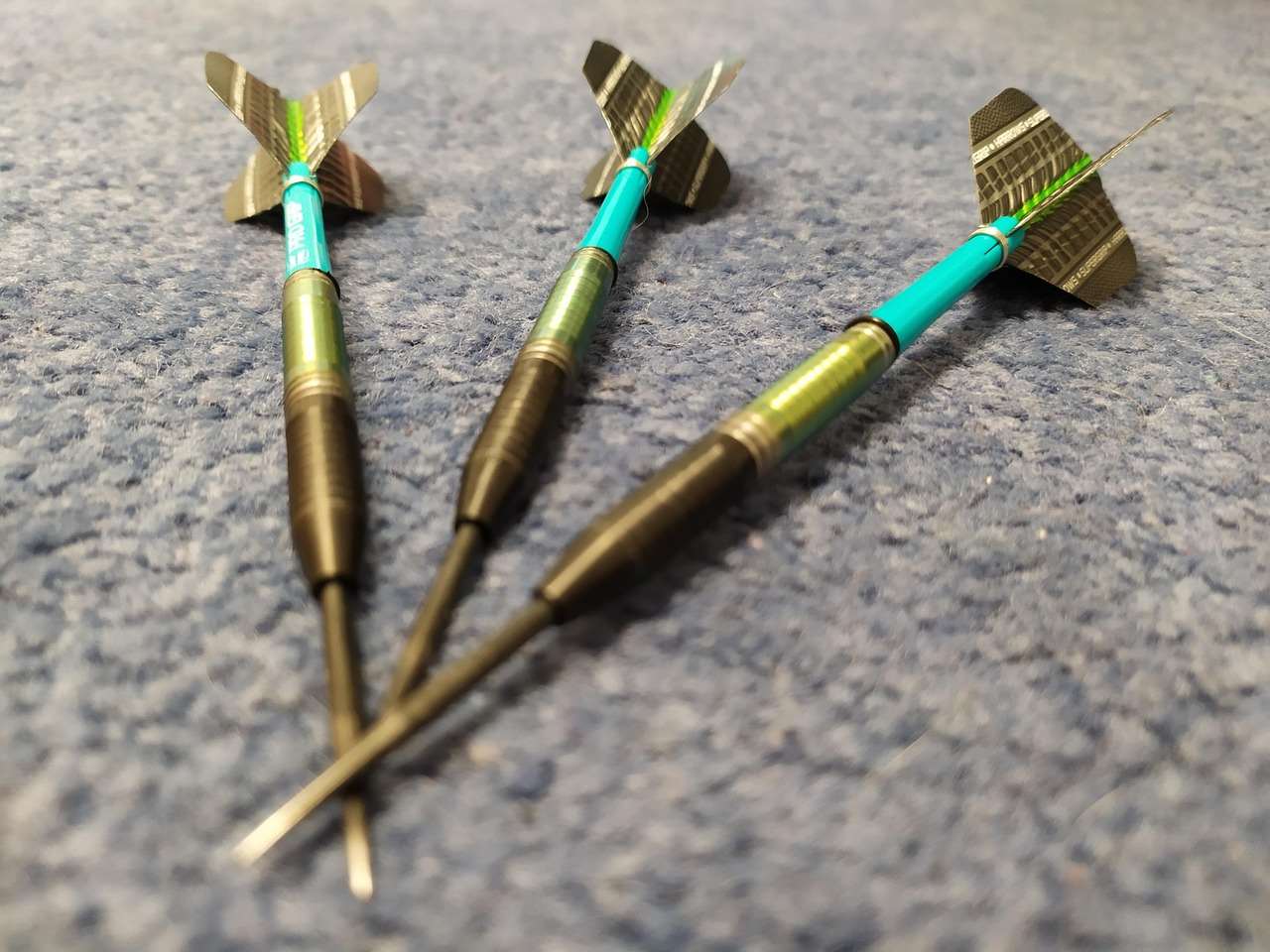
A well-maintained and organized practice space fosters a more focused and productive training environment. If you are considering buying darts second hand, inspect them carefully.
Conclusion: Embracing the Journey to Darting Excellence
Achieving darting excellence requires dedication, consistent practice, and a willingness to learn and adapt. By mastering the fundamentals, implementing targeted practice drills, and developing a strong mental game, you can unlock your full potential and achieve remarkable results. Remember that the best dart training is a continuous journey, not a destination. Embrace the challenge, stay focused, and enjoy the process of improvement.
Now it’s time to put these principles into action. Start implementing these best dart training techniques today and witness the transformation in your game. Good luck, and happy darting!
Hi, I’m Dieter, and I created Dartcounter (Dartcounterapp.com). My motivation wasn’t being a darts expert – quite the opposite! When I first started playing, I loved the game but found keeping accurate scores and tracking stats difficult and distracting.
I figured I couldn’t be the only one struggling with this. So, I decided to build a solution: an easy-to-use application that everyone, no matter their experience level, could use to manage scoring effortlessly.
My goal for Dartcounter was simple: let the app handle the numbers – the scoring, the averages, the stats, even checkout suggestions – so players could focus purely on their throw and enjoying the game. It began as a way to solve my own beginner’s problem, and I’m thrilled it has grown into a helpful tool for the wider darts community.